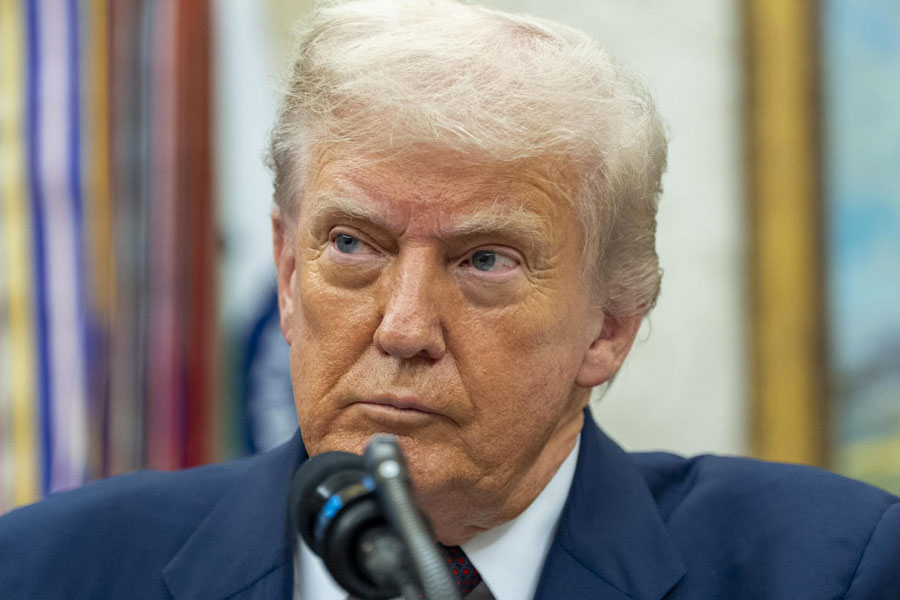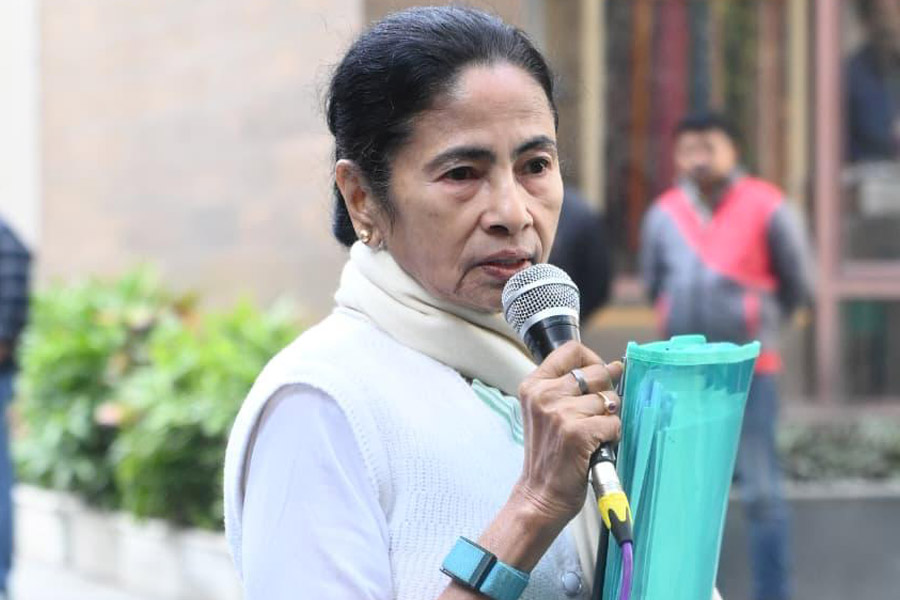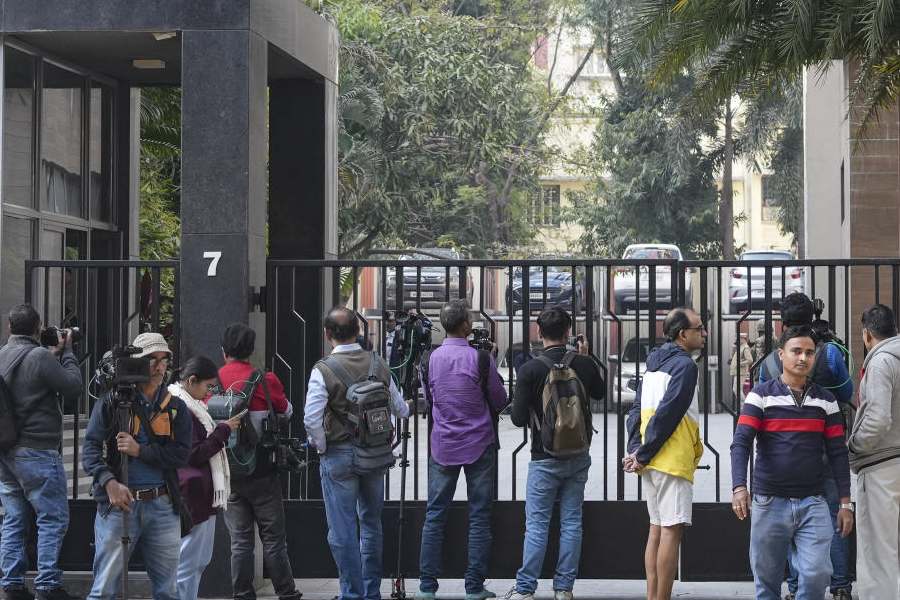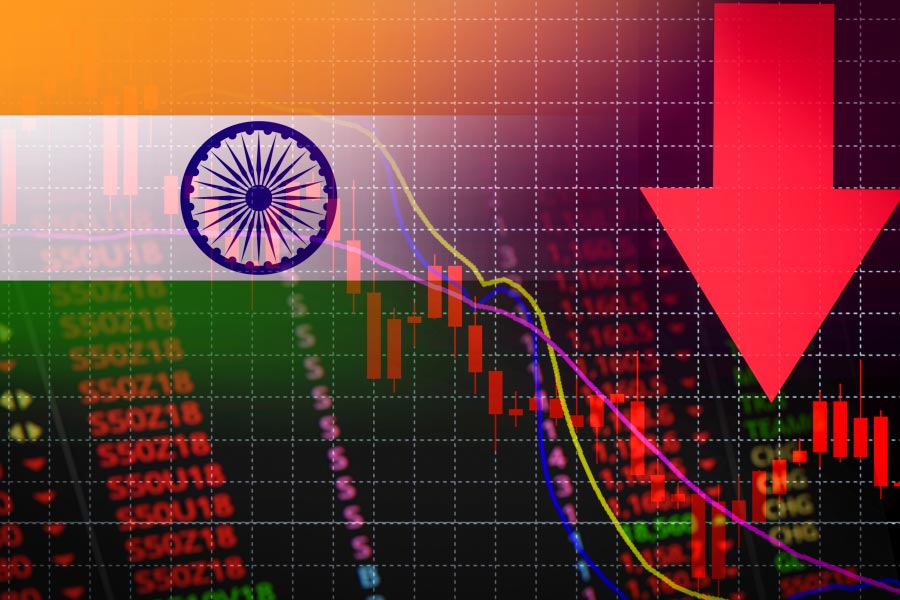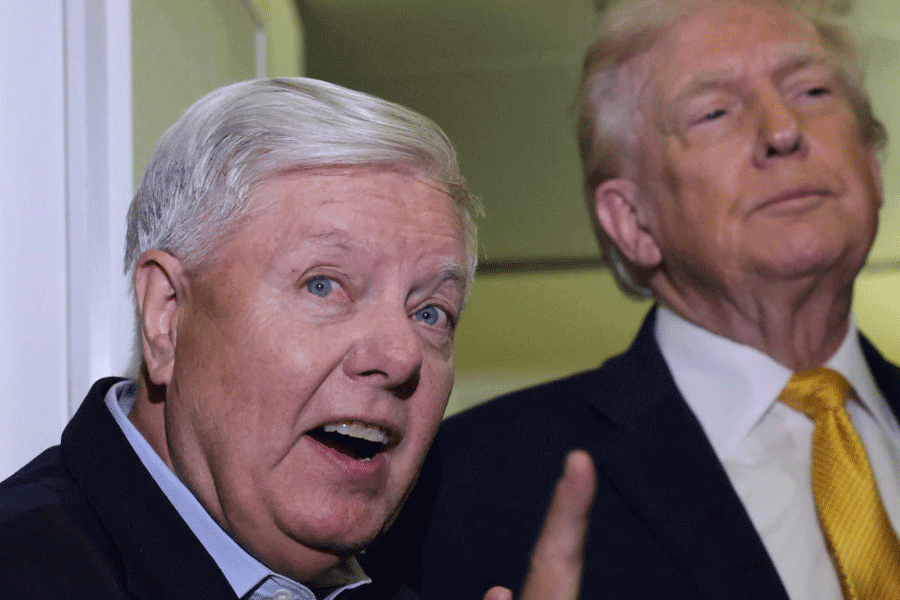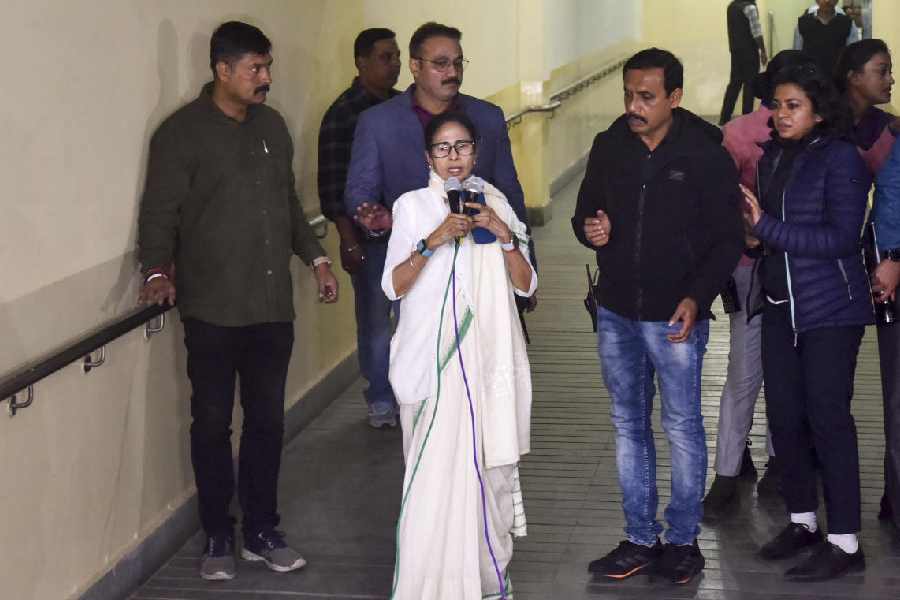The United States under President Donald Trump has imposed steep new tariffs on India, with the first tranche of 25% duties on Indian goods coming into force on Thursday, followed by an additional 25% to take effect later this month.
The move, part of a sweeping global tariff regime, has drawn sharp criticism from Indian officials and diaspora leaders who have called the measures "unjustified" and "damaging."
“It’s Midnight!!! Billions of Dollars In Tariffs Are Now Flowing Into The United States Of America!” Trump declared in a Truth Social post as the reciprocal tariffs took effect at 12:01 a.m. EDT on August 7.
"RECIPROCAL TARIFFS TAKE EFFECT AT MIDNIGHT TONIGHT! Billions of dollars, largely from countries that have taken advantage of the United States for many years, laughing all the way, will start flowing into the USA. The only thing that can stop America’s greatness would be a radical left court that wants to see our country fail!” he added.
The duties are part of Trump’s executive order titled ‘Further Modifying the Reciprocal Tariff Rates’, in which tariffs were imposed on nearly 70 nations.
The new 25% “Reciprocal Tariff, Adjusted” on Indian imports became effective Thursday, with an additional 25% duty targeting India’s oil trade with Russia scheduled to come into force on August 27. This brings the total tariff burden on Indian exports to the US to a staggering 50%—one of the highest rates imposed on any country.
The tariff list features a range of new duties: Japan was hit with 15%, the UK with 10%, Pakistan with 19%, Sri Lanka with 20%, and Laos and Myanmar with 40%. But India’s inclusion at the 50% level stands out, especially as a key democratic ally of the US.
India, reacting to the move, called the targeting “unjustified and unreasonable” and warned that it would take “all necessary measures to safeguard its national interests and economic security.”
In a statement, nonprofit Indiaspora expressed disappointment over the developments, but remained hopeful for resolution. “We believe the current setback in what is otherwise an enduring, robust and broad-based people-to-people relationship will be temporary,” the US-based global Indian diaspora group said.
Highlighting the role of over five million Indian-Americans in the US, Indiaspora added, “We believe the US-India relationship is not just important—it is essential. As global dynamics shift, this economic partnership should stand as a cornerstone for stability, innovation, and progress in the 21st century.”
Ajay Bhutoria, an Indian-American community leader and former advisor to Joe Biden, strongly condemned the tariff hike, warning of wide-reaching impacts on both economies. “India supplies nearly half of America’s affordable generic drugs. These tariffs will inflate prescription prices, hitting families, seniors, and small businesses hard. Everyday items—spices, lentils, Diwali clothing—will become pricier, with reports estimating apparel and footwear costs could rise 37%,” he said.
Bhutoria also criticised the US administration’s double standards, pointing out that Trump granted China a 90-day tariff pause while penalising India. “This double standard risks undermining the robust USD 186 billion US-India trade partnership and our shared goal of reaching USD 500 billion by 2030.”
“We must work through these challenges together, not through divisive tariffs that hurt both nations,” he added. “I urge both governments to prioritise dialogue and fair trade solutions that strengthen our alliance and keep costs affordable for our communities.”
Over the past several months, India and the US have held multiple rounds of negotiations for a bilateral trade agreement, but talks have stalled over unresolved differences in key areas, including agriculture and dairy.
US officials defended the global rollout of tariffs, saying they were part of a broader strategy to realign trade relationships and bolster domestic manufacturing.
Eight major trading partners—such as the European Union, Japan, and South Korea—have secured reduced tariff rates of 15%, while others like Vietnam, Pakistan, and the Philippines were assigned rates between 19–20%.
“For those countries, it’s less-bad news,” said William Reinsch, senior fellow at the Center for Strategic and International Studies. “Countries with punishingly high duties, such as India and Canada, will continue to scramble around trying to fix this.”
Trump’s executive order also included provisions for identifying and penalising goods that are transshipped through third countries to avoid tariffs. Such violations could lead to an additional 40% duty, although specifics of enforcement remain unclear.
The US Treasury has already seen a boost, with tariff revenues hitting a record $27 billion in June. Treasury Secretary Scott Bessent projected that revenues could surpass $300 billion annually.
Analysts warn, however, that the cost of these tariffs is being passed on to American consumers, with Commerce Department data showing rising prices in sectors like home furnishings, recreational goods, vehicles, and household equipment.
For India, the tariff hike adds fresh uncertainty to an already complex trade landscape, even as both countries stress the importance of their strategic partnership.
With inputs from agencies

